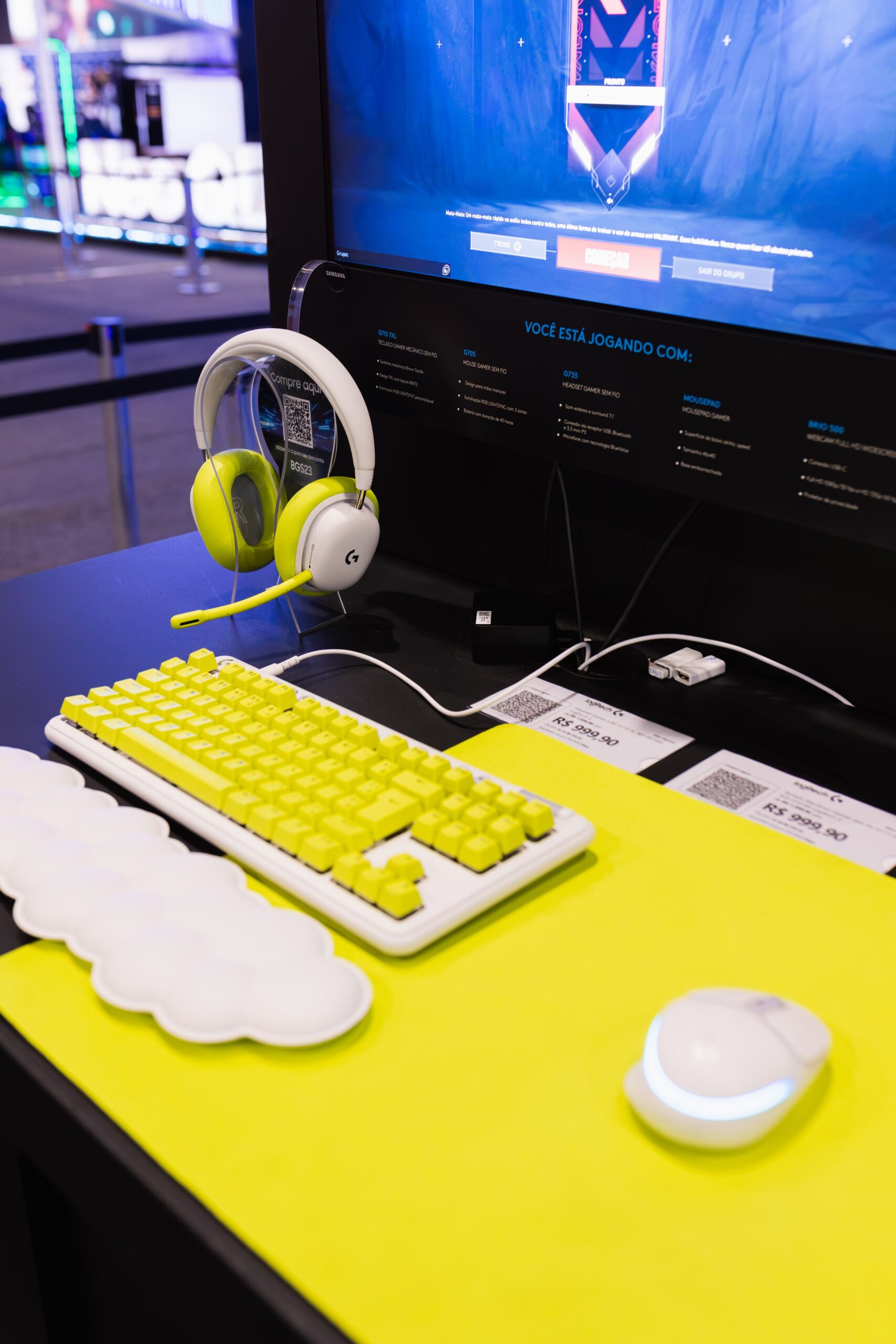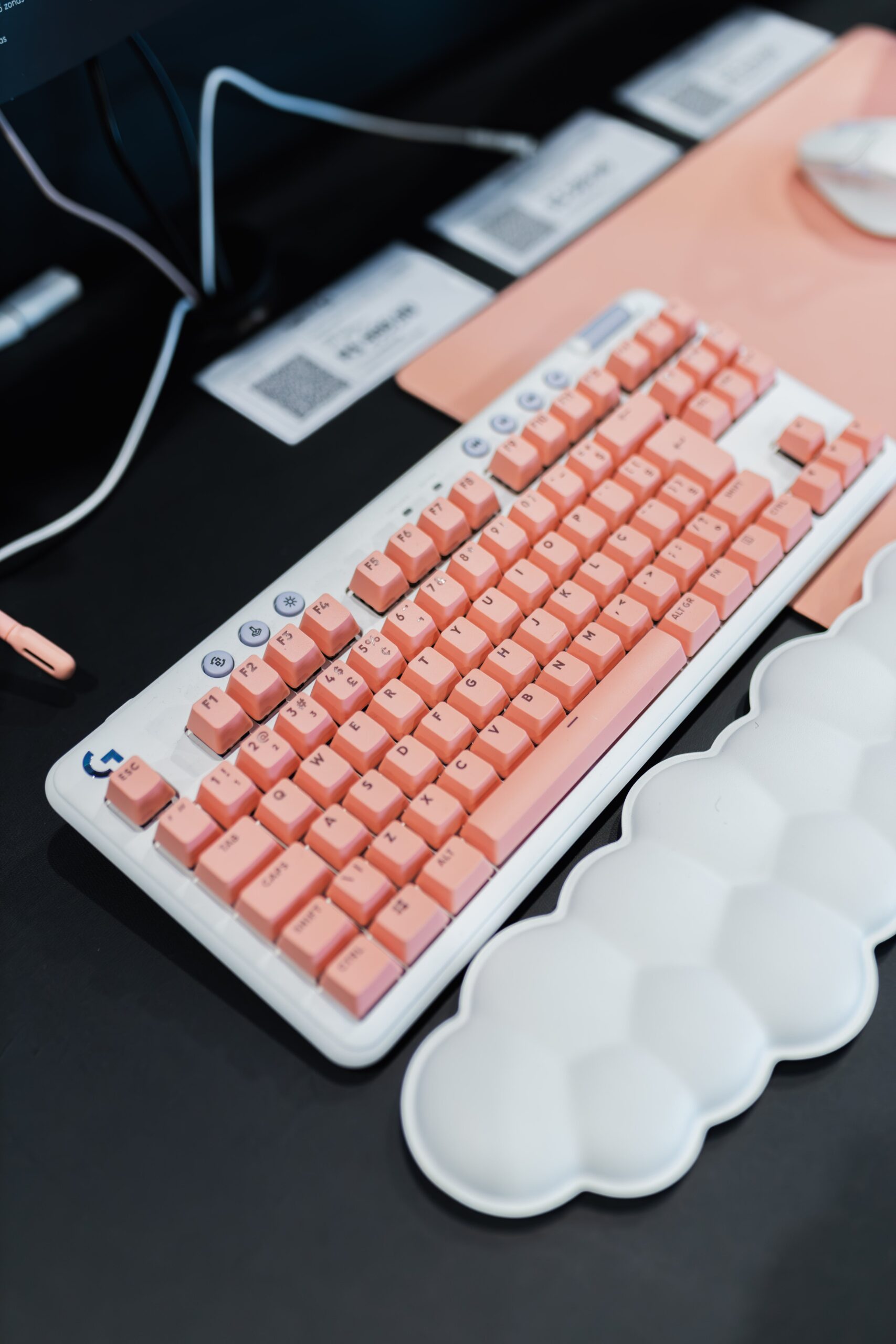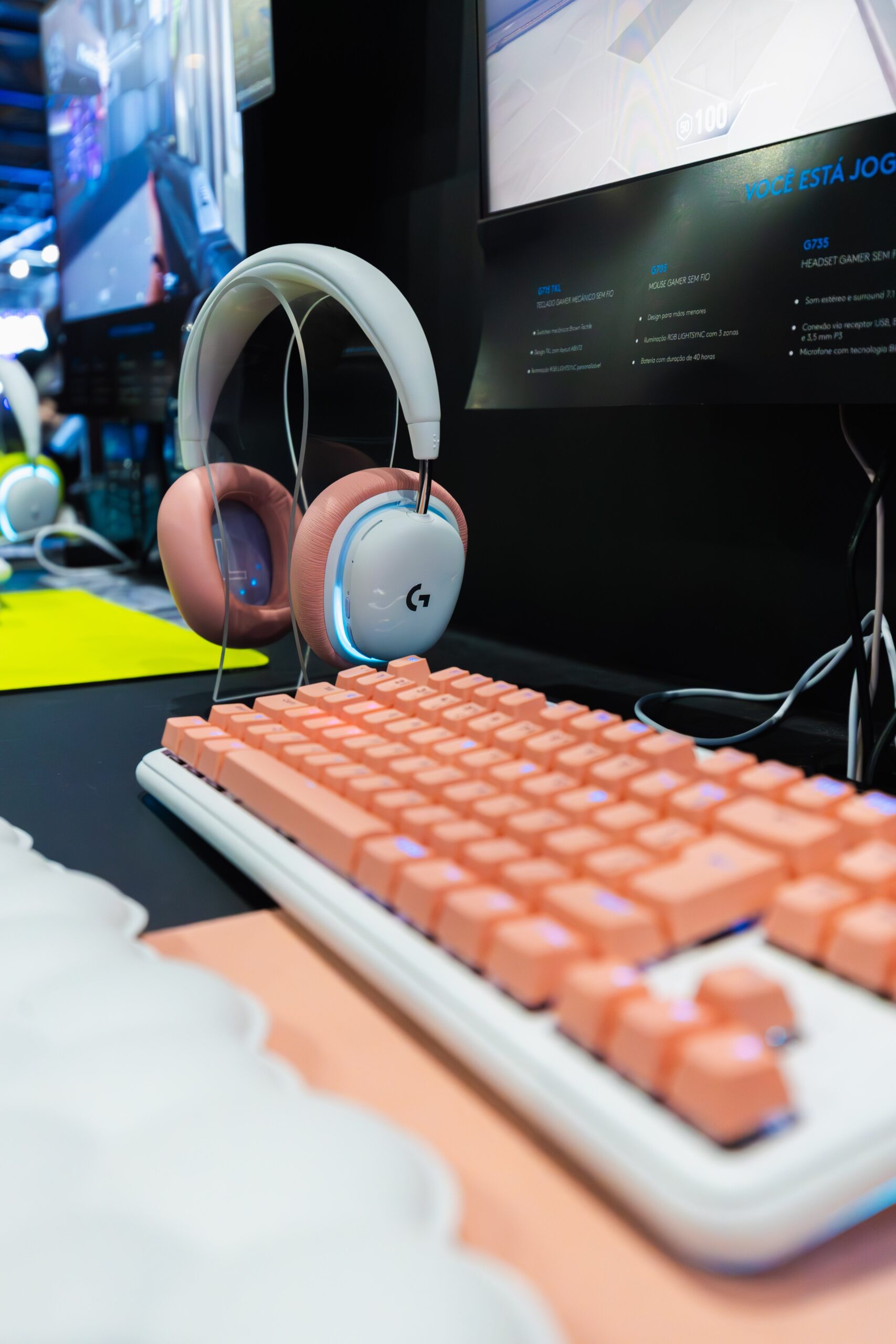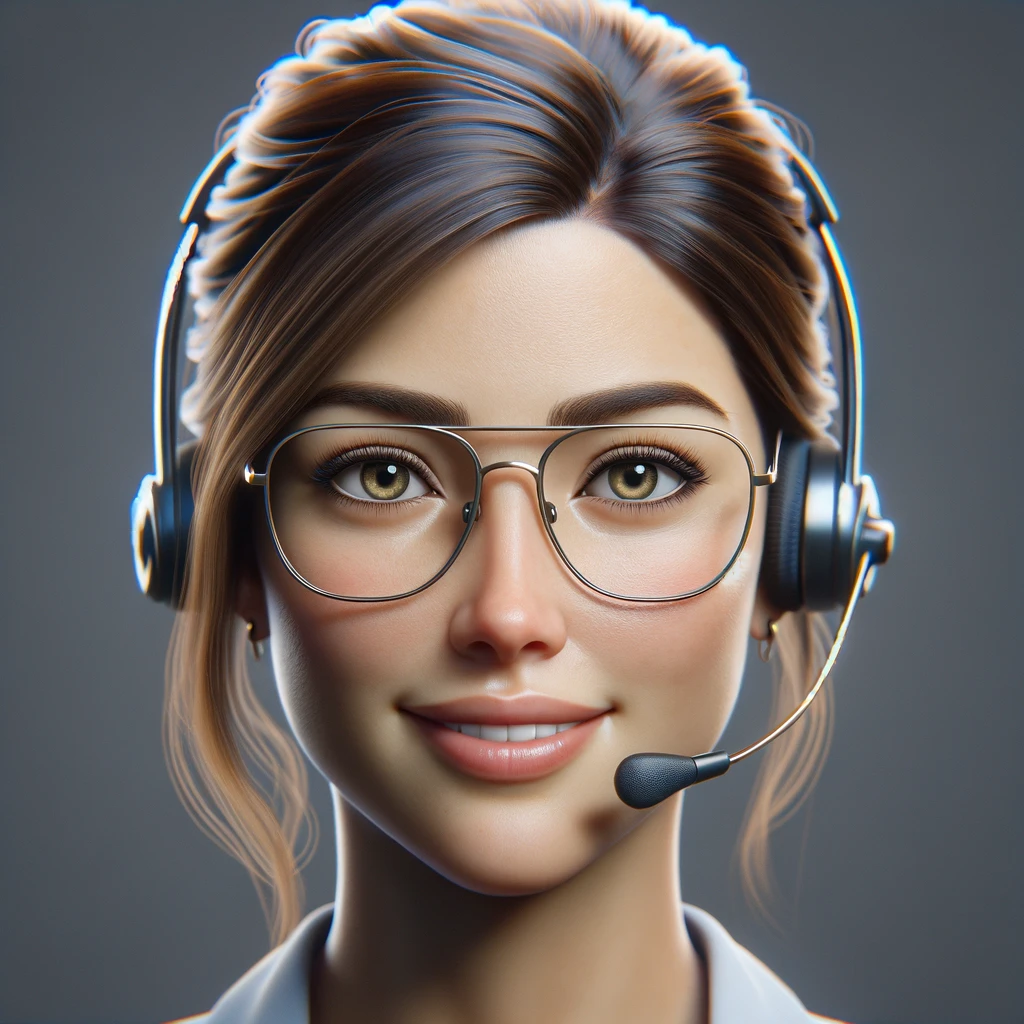Imagine a world where senior health care is not just about managing symptoms, but about enhancing quality of life. Thanks to recent technological advancements, this vision is becoming a reality. From wearable devices that can monitor vital signs in real-time to telemedicine platforms that connect seniors with their healthcare providers from the comfort of their own homes, technology is revolutionizing the way we care for our aging population. In this article, we will explore some of the latest innovations in senior health care and the positive impact they are having on the well-being of older adults.
Telemedicine and Virtual Care
As seniors often face challenges in accessing healthcare, telemedicine and virtual care have emerged as game-changers in bringing medical professionals directly to the patient’s home. With the help of technology, seniors can now receive consultations, diagnoses, and even treatment without leaving the comfort of their own homes. This not only saves them the hassle of traveling to the doctor’s office but also eliminates barriers such as transportation issues and mobility limitations.
Furthermore, telemedicine and virtual care have proven to be particularly beneficial in monitoring and managing chronic conditions remotely. By leveraging digital tools, healthcare providers can keep track of vital signs, medication adherence, and other relevant health data without the need for constant in-person visits. This continuous monitoring allows for early detection of potential issues and timely interventions, ultimately leading to better outcomes for seniors with chronic conditions.
Wearable Devices and Health Trackers
Wearable devices and health trackers have revolutionized the way seniors can monitor their health. These devices enable continuous monitoring of vital signs like heart rate, blood pressure, and blood oxygen levels. By having real-time access to this information, seniors can get a better understanding of their health status and make informed decisions about their well-being.
One of the most significant advantages of wearable devices is their ability to detect falls and provide emergency alerts. For seniors who are prone to falls or live alone, this feature can be life-saving. These devices can automatically detect a fall, send an alert to emergency contacts, and even call for help if necessary. The peace of mind that this technology offers both seniors and their loved ones cannot be overstated.
Moreover, wearable devices and health trackers promote proactive management of health and wellness. They can track exercise, nutrition, and sleep patterns, giving seniors insights into their lifestyle habits. Armed with this knowledge, seniors can take proactive steps to improve their health, such as increasing physical activity, adjusting their diet, or prioritizing sleep hygiene. These devices serve as powerful tools for seniors to actively participate in their own health management.

This image is property of images.pexels.com.
Electronic Health Records (EHR)
Electronic Health Records (EHR) have emerged as a vital technological advancement in senior healthcare. EHR systems centralize medical information, making it readily accessible to healthcare providers across different institutions. This facilitates seamless communication and collaboration among healthcare professionals involved in the care of a senior, leading to more coordinated and efficient care.
Furthermore, EHR systems have been instrumental in improving accuracy and reducing errors in medication management. With electronic records, healthcare providers can easily track and review a senior’s medication history, allergies, and potential drug interactions. This reduces the risk of medication errors and enhances patient safety.
In addition, EHR systems allow for the integration of decision support tools, which provide healthcare providers with evidence-based guidelines and alerts. This ensures that seniors receive the most appropriate and up-to-date care, based on their unique health needs and medical history.
Robotics and AI Assistance
The integration of robotics and artificial intelligence (AI) assistance in senior healthcare has opened up new possibilities in terms of daily support and improved quality of life. Robots can assist seniors with various activities and mobility tasks, such as fetching items, providing reminders to take medication, or even assisting with personal care. These robotic assistants alleviate the burden on seniors and help maintain their independence.
Beyond practical assistance, robots also enhance social interactions and reduce isolation for seniors. With advanced AI capabilities, robots can engage in conversation, play games, and even provide mental stimulation. For seniors who may have limited social interactions, these robots become trusted companions, offering companionship and support.
Moreover, robots can provide personalized healthcare reminders and educational support. They can help seniors remember to take their medications at the right time, guide them through physical therapy exercises, or provide educational information about managing chronic conditions. This personalized assistance empowers seniors to take an active role in their health management and ensures they receive the right guidance when needed.

This image is property of images.pexels.com.
Mobile Applications for Health Management
The proliferation of mobile applications has also transformed the way seniors manage their health. These applications have specific features tailored to address the unique needs of seniors, making health management more accessible and convenient than ever before.
One key aspect of these applications is their ability to monitor medication adherence and provide scheduling reminders. Seniors can easily set up reminders for taking their medications on time, ensuring they stay on track with their prescribed treatments. This technology significantly reduces the risk of missed doses or confusion regarding medication schedules.
Furthermore, mobile applications allow for the tracking of exercise, nutrition, and sleep patterns. With intuitive interfaces and user-friendly features, seniors can easily record their daily activities, monitor their progress, and receive personalized recommendations for improving their overall health and well-being. These applications empower seniors to take control of their lifestyle choices and make informed decisions about their health.
Additionally, mobile applications provide a platform for seniors to connect with support groups and access educational resources. Through these applications, seniors can find communities of individuals facing similar health challenges, share experiences, and receive valuable support. The availability of educational resources ensures that seniors have access to trustworthy information and can stay informed about the latest advancements in healthcare.
Remote Patient Monitoring
Remote patient monitoring enables continuous tracking of vital signs and health indicators, even when seniors are not physically present at the healthcare facility. Through the use of connected devices, healthcare providers can monitor seniors’ blood pressure, heart rate, glucose levels, and other relevant health parameters. These devices automatically transmit data to healthcare professionals, who can review it in real-time and intervene if necessary.
One of the key benefits of remote patient monitoring is its ability to alert healthcare providers in case of irregularities. For example, if a senior’s blood pressure suddenly spikes or their glucose levels become dangerously high, healthcare providers can receive immediate alerts and take appropriate actions. This proactive approach reduces the risk of adverse health events and allows for timely interventions.
Moreover, remote patient monitoring has been shown to reduce hospital readmissions and improve overall patient outcomes. By closely monitoring seniors’ health outside of the hospital setting, healthcare providers can identify potential issues early on, provide timely interventions, and prevent the need for hospitalization. This not only improves seniors’ quality of life but also reduces the strain on healthcare systems.

This image is property of images.pexels.com.
Assistive Technologies for Aging in Place
Assistive technologies play a crucial role in enabling seniors to age in place, maintaining independence and quality of life. Smart home devices, such as voice-controlled virtual assistants and automated lighting systems, provide convenience and safety for seniors. These devices allow seniors to control various aspects of their environment easily, from turning on lights to adjusting the temperature, without the need for physical exertion or assistance.
Fall detection and prevention systems are another important assistive technology for seniors. These systems utilize sensors and wearable devices to monitor seniors’ movements and detect potential falls. In the event of a fall, the system can automatically alert emergency contacts or healthcare providers, ensuring that seniors receive timely assistance. Additionally, these systems often offer fall prevention exercises and tips, empowering seniors to take proactive steps to reduce their fall risk.
Adaptive technologies are particularly beneficial for seniors with disabilities, allowing them to overcome physical limitations and engage fully in daily activities. These technologies include mobility aids like walkers or wheelchairs, as well as devices that enhance communication capabilities for individuals with hearing or speech impairments. With assistive technologies, seniors with disabilities can lead more fulfilling and independent lives.
Personal Emergency Response Systems (PERS)
Personal Emergency Response Systems (PERS) provide seniors with immediate access to emergency services in the event of an accident or medical emergency. These systems typically consist of a wearable device, such as a pendant or a wristband, that can be easily activated to call for help. When activated, the device connects the senior to a call center, where trained operators can assess the situation and dispatch appropriate assistance.
PERS not only facilitate independent living for seniors but also ensure their safety and peace of mind. Knowing that help is just a push of a button away provides seniors with a sense of security, enabling them to maintain their independence while having access to immediate assistance if needed.
Additionally, many PERS devices come equipped with GPS tracking and location-based support. This feature allows emergency responders to quickly locate seniors in need, even if they are unable to communicate their exact location. The combination of emergency response services and GPS tracking ensures that seniors receive timely help, regardless of their circumstances.
Cognitive Health and Brain Training
Technological advancements have also made a significant impact on cognitive health and brain training in seniors. Non-invasive brain stimulation techniques, such as transcranial magnetic stimulation (TMS) and transcranial direct current stimulation (tDCS), show promising results in enhancing cognitive function and slowing down age-related cognitive decline. These techniques involve the application of magnetic or electrical stimulation to targeted areas of the brain, stimulating neural activity and promoting cognitive improvement.
Furthermore, gamified mental exercises have become popular tools for improving memory and cognition in seniors. Many mobile applications and online platforms offer a range of brain training games and puzzles that challenge cognitive abilities, such as memory, attention, and problem-solving skills. Regular engagement in these activities can help seniors maintain mental sharpness and delay cognitive decline.
Moreover, personalized interventions for dementia prevention are being developed with the help of technology. Through the analysis of various data sources, including genetic information, medical history, and lifestyle factors, sophisticated algorithms can identify individuals at high risk of developing dementia. Based on this information, personalized interventions can be designed, targeting modifiable risk factors and promoting healthy behaviors. These interventions have the potential to significantly reduce the incidence of dementia and improve the overall brain health of seniors.
Social Robots and Companionship
For seniors who may experience loneliness and isolation, social robots have emerged as companions that can significantly enhance emotional well-being. These robots are programmed to engage in conversation, recognize and respond to emotions, and provide mental stimulation through various activities.
Social robots offer a unique form of companionship for seniors by establishing genuine connections through conversation and interaction. They can provide valuable emotional support, offer reassurance, and even share stories and memories with seniors. The presence of a social robot can alleviate feelings of loneliness and create a sense of companionship, especially for seniors who may have limited social interactions or live in isolated environments.
Additionally, social robots can be powerful tools for mental stimulation and cognitive engagement. Through personalized activities and games, these robots challenge seniors’ cognitive abilities, improving memory, attention, and problem-solving skills. Engaging in mental exercises with a social robot not only provides cognitive stimulation but also promotes a sense of achievement and fulfillment.
In conclusion, technological advancements in senior healthcare have had a profound impact on improving access to care, promoting proactive health management, and enhancing the overall well-being of seniors. From telemedicine and virtual care to wearable devices and health trackers, these innovations have revolutionized the way seniors receive healthcare services. With the continued development of assistive technologies, AI assistance, and personalized interventions, the future of senior healthcare holds tremendous potential for further advancements and improvements in quality of life.


